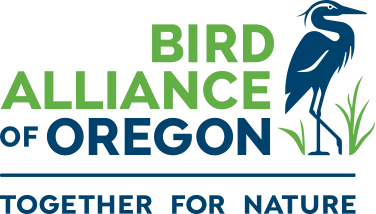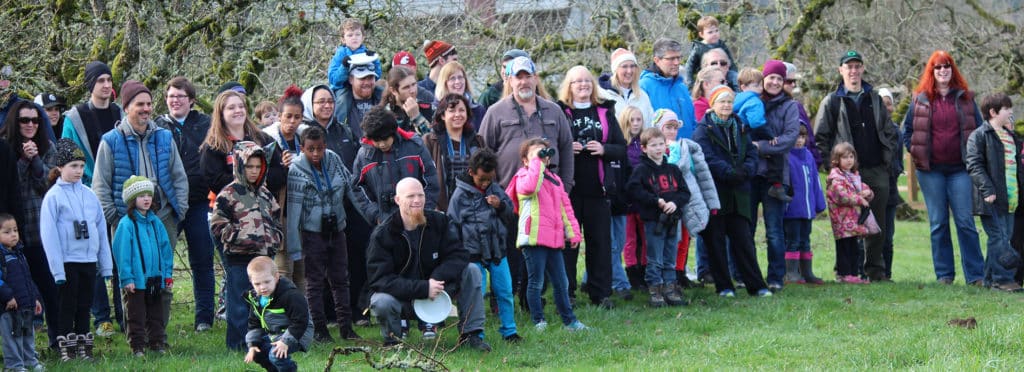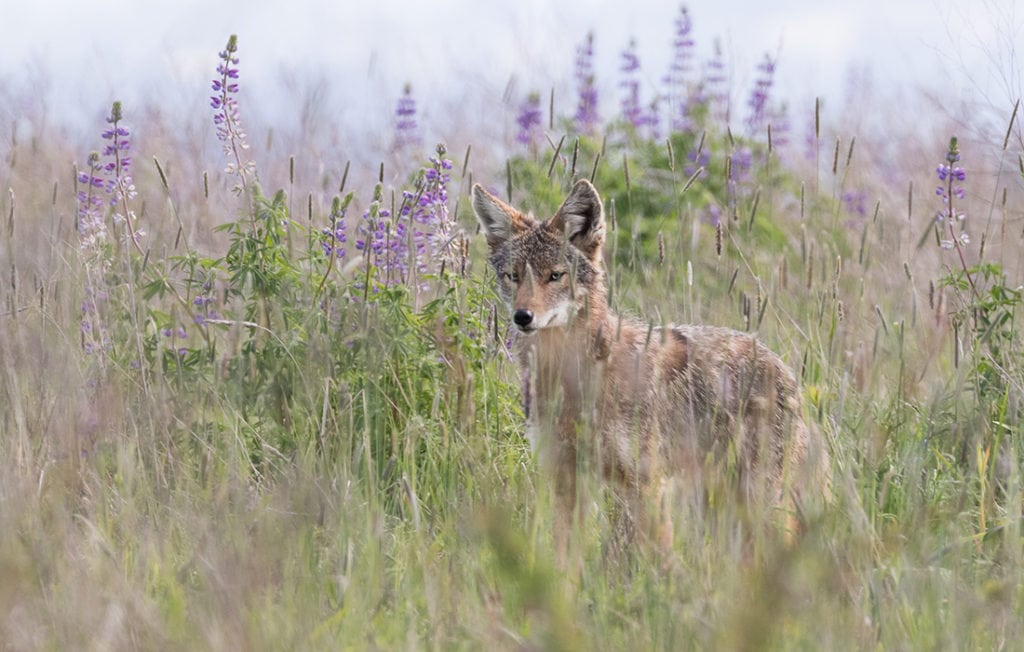
The bird put on some weight initially, and their feisty gull attitude (a favorite here at the center) gave us some hope. However, after about a week, their condition began to decline, and bloodwork told us the bird was likely suffering from sepsis, an advanced systemic infection. The bird fought hard, and we did everything we could to help it in the fight, but ultimately the bird did not make it.
This is a sad story, but it’s one we felt we needed to share because it is not as uncommon as it should be. Birds and other wildlife are often impacted by humans in unintentional and often invisible – but preventable! – ways. Helping to reduce the incidence of lost and abandoned fishing tackle in our environment – and knowing what to do if you do encounter an entangled or hooked animal – is a big way you can help.
Four Ways to Help
- When fishing, use a line with the right strength for the fish you’re after to reduce the chances it will break. Often, we receive fish-eating birds that have ingested fishing hooks and tackle that were lost this way.
- Avoid lead fishing tackle; lead is toxic and there are good alternatives that don’t have the same toxic effects if it is accidentally left in the environment.
- If you accidentally tangle your line in a bush or tree, do everything you can to recover the line rather than just cutting it and leaving it as a potential trap for the next bird to visit that tree.
- If you’re ever out exploring, and see fishing line or other dangerous litter, pick it up and dispose of it properly–you just may save a life!

What to Do If You Find an Entangled Animal
- If you ever find a wild animal entangled in fishing line, do not cut it! Often that is our first instinct, but your local wildlife rehabilitator will thank you if you refrain because we can often use the line to locate and remove embedded hooks.
- Don’t try to remove hooks yourself – the process is painful and extremely frightening for the animal, and there are specialized techniques that trained rehabilitators use to prevent causing additional damage during removal.
- The best thing you can do is contain the animal in a securely closed (but ventilated) box and keep the animal quiet and undisturbed until you can transport it to your closest wildlife rehabilitation facility. Do not offer food or water.
Here at Bird Alliance of Oregon’s Wildlife Care Center, we accept new patients from 9 a.m. – 5 p.m. every day. You can also leave a message on our Wildlife Hotline at (503) 292-0304 or email wildlife@birdallianceoregon.org and one of our solutions counselors will get back to you and provide advice for your specific situation.
_______________________
Unfortunately due to COVID-19 we had to operate our Wildlife Care Center this past year with about 20% of our normal staffing and with about a 25% increase in our annual patient admissions. We were left with the difficult but necessary decision to discontinue providing follow-up updates on patients brought into our center so that we could focus on the daily care of the animals. And while we simply cannot write a story about each animal, our goal for this fresh and bright new year is to show you what we can: in the form of a weekly patient update!
Check in every Thursday for our “Patient of the Week”; with information on the species, the circumstances that brought the animal in, and preventative advice so you can be a better steward for our wildlife!
If you’d like to contribute to the Wildlife Care Center, please consider making a donation here. Your work helps us to save lives.



